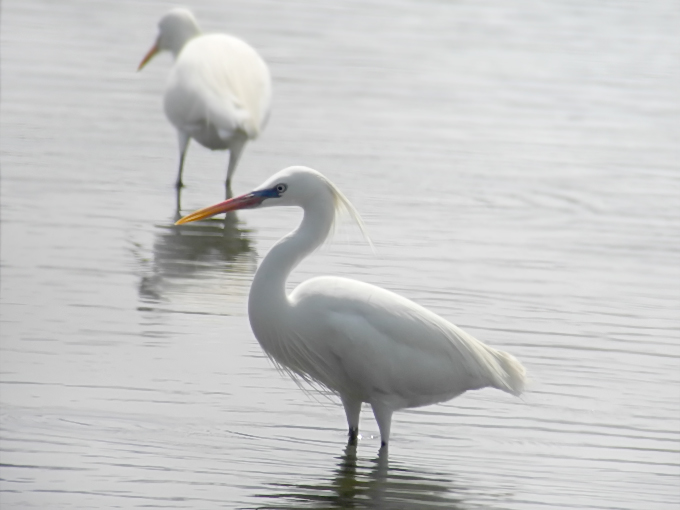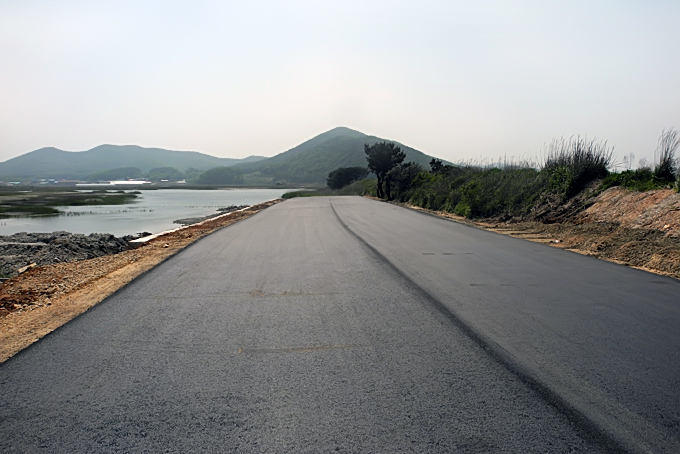Bird News from Nial Moores
Although 88 species were logged during a long day in the field (5am-8pm), it felt very much like the end of spring – with small numbers of late-spring migrants and warming temperatures during the day contributing to periods without much bird activity.
Most numerous landbird species during the day included Light-vented Bulbul (at least 50 and probably closer to 100, with one group of young fledglings also seen), Black-naped Oriole (40+), Black-browed Reed Warbler (40), Oriental Reed Warbler (35), Korean Bush Warbler (20+) and Arctic Warbler (20+). Other vocal late-spring migrants recorded in the west of the island included Tiger (10) and Brown Shrikes (20), Common (10), Indian (4), Lesser (3) and Oriental (1) Cuckoos and small numbers of locustella warblers, with about eight Lanceolated and four Pallas’s Grasshopper Warbler singing off and on in one small area.
Other land birds of most note during the day (almost all in the same area) included a Hair-crested Drongo, three certain Black Drongo and one odd-plumaged and extremely worn immature bird that was either a Black or rather less likely a black Ashy (therefore of a subspecies previously unrecorded in Korea); three or four Gray’s Grasshopper Warbler (some variation in songs heard suggested the likelihood – sadly unconfirmed! – of one Sakhalin Grasshopper); three singing Baikal Bush Warbler (including one seen); a decent count of 14 Thick-billed Warbler; and what appears to the start of a post-breeding gathering of starlings made up of White-cheekeds (but with two active nests also seen) with one Red-billed Starling too.
Waterbirds were less well-represented, with best for the day being a female Von Schrenck’s Bittern, three Chinese Egret and a briefly heard booming Eurasian Bittern at the main Hwadong Wetland. Although still quite birdy, water levels in the wetland are much lower than last year, and construction has likely already had some effect. In addition to more paving of a drainage ditch, the start of the 10m wide road proposed to cut through the wetland is now deep-coated in tarmac – a huge investment and surely not connected to the upcoming elections?
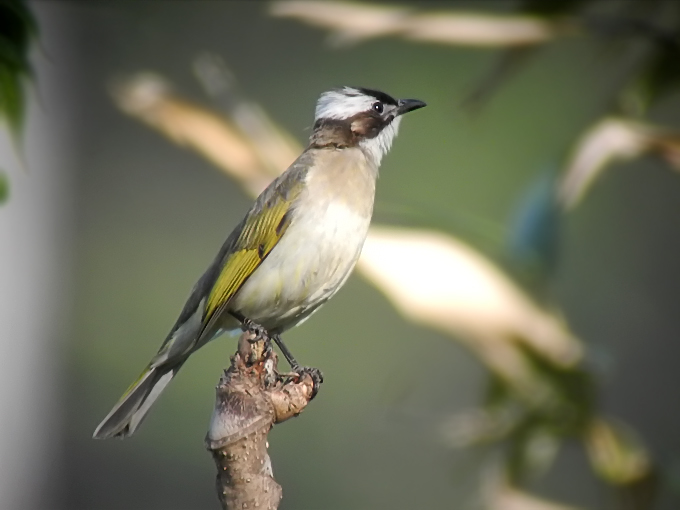
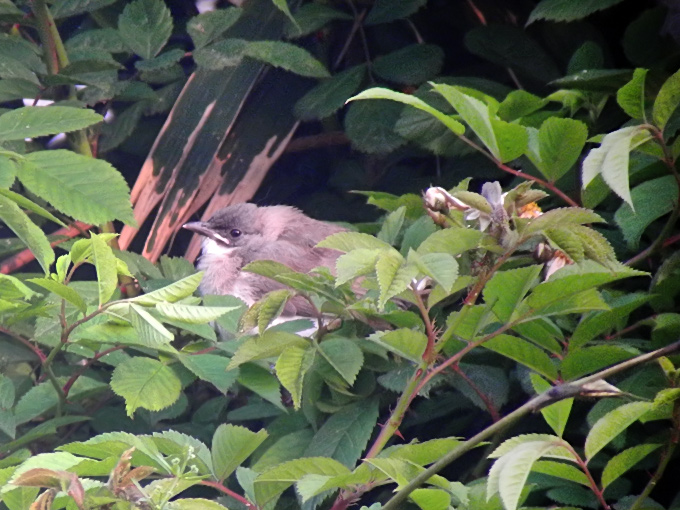
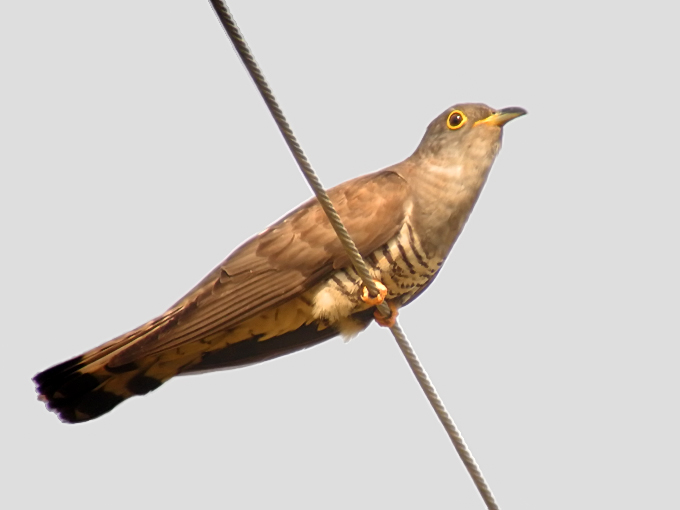
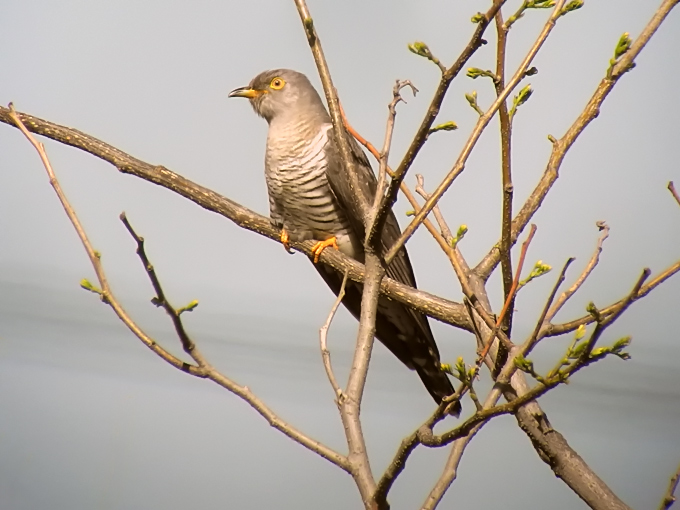
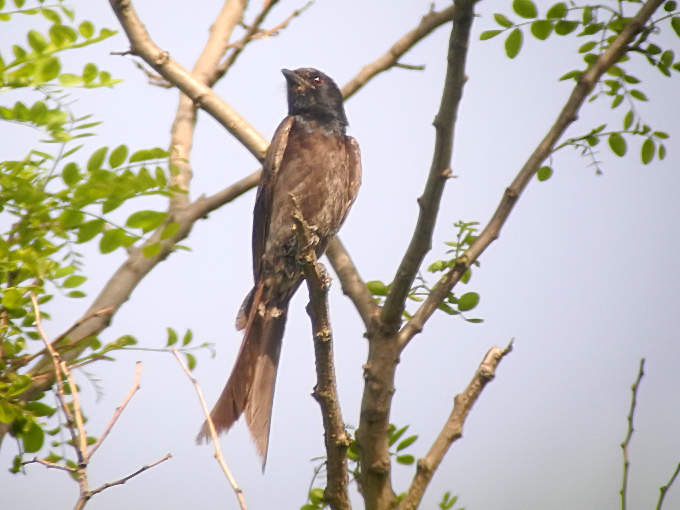
This odd-looking, very heavily-worn individual looked a little less heavily-built than the three obvious Blacks (all of which were typical Second Calendar-years) seen nearby. As the image shows, it had a retained, presumably largely juvenile plumage (worn brown and grey-brown, with a paler belly and patterned vent), though with a more adult-type head (fresh-looking black) and a few fairly glossy-looking black feathers patchily onto the breast too. Although the iris looked brownish on one side, on the other it looked more reddish. It lacked any hint of a white rictal spot (usual in Black but sometimes missing), instead having a pale gape-line (something that seems more typical of Ashy?). It also showed a suggestion of a pale line to the centre of a really long-looking tail (in spite of all of the obvious wear). To date, all of the few records of Ashy Drongo in Korea have been of the very striking white-faced leucogenis subspecies, so the default identification of dark drongos is Black (a scarce migrant here) or Hair-crested (recorded scarcely annually). Tail shape and head shape rule out Hair-crested and several features seem atypical of Black. Informed comments from experienced observers are most welcome.
